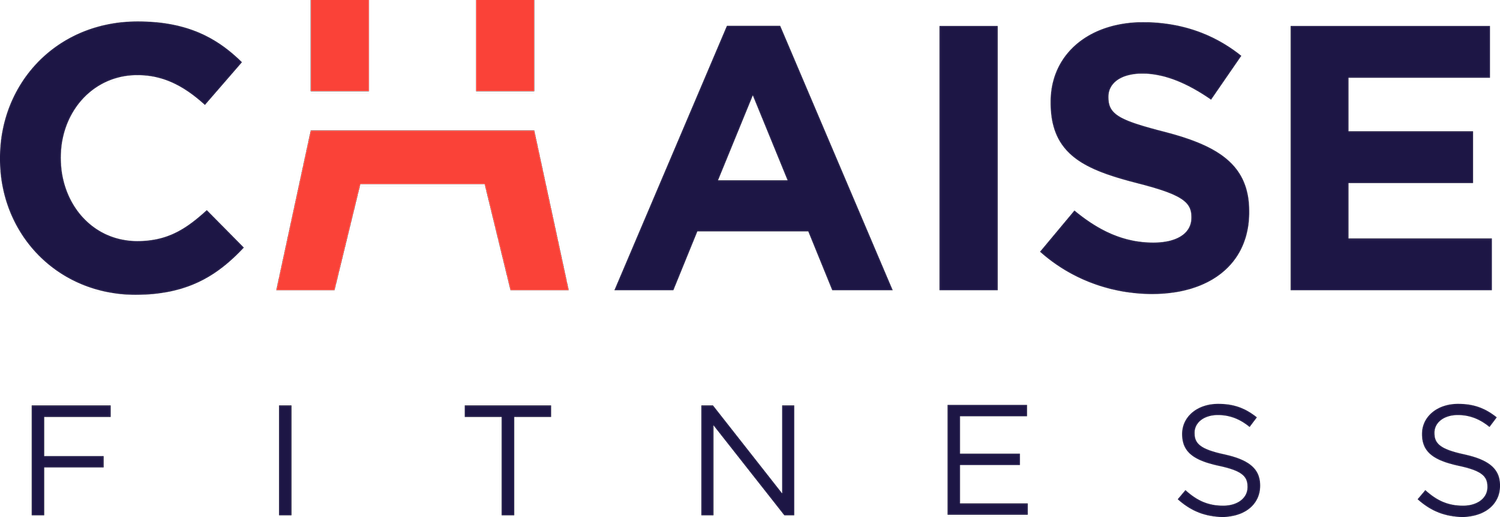Pilates vs. Traditional Strength Training: What’s Right for You?
When it comes to building a stronger, healthier body, two popular methods often come up: Pilates and traditional strength training. Both have unique benefits, but they serve different purposes and appeal to different fitness goals. At ChaiseFitness, we blend classical Pilates with strength training elements through our innovative fitness method, so we know firsthand how powerful each approach can be—and how transformational the right fit can be for your body.
So, how do you know which one is right for you? Let’s explore the differences, benefits, and how to make the best choice based on your fitness goals and lifestyle.
What Is Pilates?
Pilates is a low-impact form of exercise that focuses on core strength, flexibility, alignment, and controlled movement. It was developed in the early 20th century by Joseph Pilates and has evolved to include both mat and equipment-based practices. At ChaiseFitness, our signature method combines Pilates principles with resistance training and cardio, taking traditional Pilates to the next level.
Key benefits of Pilates:
Core strengthening and improved posture
Increased flexibility and range of motion
Enhanced balance and body awareness
Joint-friendly and injury-reducing
Full-body toning using resistance, breath, and control
Pilates is especially popular with dancers, athletes, and anyone recovering from injuries—but its appeal extends far beyond. Because it builds strength from the inside out, it’s ideal for anyone looking to move better, stand taller, and feel more connected to their body.
What Is Traditional Strength Training?
Traditional strength training typically involves weightlifting or resistance training using dumbbells, machines, barbells, or body weight. The goal is often to build muscle mass, increase raw strength, or improve athletic performance. This type of training can be structured around muscle groups and often involves sets and repetitions.
Key benefits of traditional strength training:
Builds muscle mass and physical strength
Improves bone density and metabolic rate
Supports fat loss through increased muscle-to-fat ratio
Boosts athletic performance and endurance
Enhances confidence and functional movement
While traditional strength training is effective for transforming body composition and improving performance, it can also lead to tight muscles, imbalances, and joint strain if not done properly or without adequate mobility work.
Pilates vs. Strength Training: The Breakdown
1. Core Strength
Pilates: Central focus, especially deep core stabilizers
Strength Training: Core used but not the main focus
2. Flexibility
Pilates: Improves mobility, lengthens muscles
Strength Training: Can limit flexibility if not paired with stretching
3. Muscle Building
Pilates: Tones and sculpts with light resistance
Strength Training: Builds muscle mass with heavy resistance
4. Injury Risk
Pilates: Low-impact and supportive
Strength Training: Higher risk without proper form or supervision
5. Weight Loss
Pilates: Supports toning and metabolic health
Strength Training: Increases metabolism via muscle growth
6. Posture & Alignment
Pilates: Strong emphasis
Strength Training: Less emphasis unless specifically incorporated
7. Mind-Body Connection
Pilates: Strong focus on control and breathing
Strength Training: Less emphasis, though it can be integrated
8. Equipment Needed
Pilates: Mat, reformer, or resistance tools (like the Chaise chair)
Strength Training: Weights, resistance bands, machines, etc.
What Are Your Fitness Goals?
To figure out which method is best for you, it helps to first ask: what are you trying to achieve?
1. You want better posture, core strength, and flexibility:
Pilates is your best bet. It targets the muscles that support your spine and enhances alignment through focused, controlled movements. At ChaiseFitness, our method integrates Pilates with resistance training, giving you core activation and full-body engagement in every move.
2. You want to build muscle and increase strength:
Traditional strength training may be more aligned with your goals. Lifting heavier weights creates microtears in your muscles, which repair and grow stronger. That said, combining strength training with Pilates can enhance mobility, prevent injury, and lead to better long-term gains.
3. You want a lean, toned physique:
Both methods work well here—but in different ways. Pilates helps sculpt and lengthen the muscles, while strength training builds volume and strength. Our workouts at ChaiseFitness offer the best of both worlds: dynamic movement, muscle resistance, and sculpting cardio bursts.
4. You’re recovering from injury or managing joint pain:
Pilates is typically more joint-friendly. Its controlled nature reduces impact while still engaging muscles effectively. Our instructors at ChaiseFitness are trained to help modify movements to suit all levels and physical conditions.
Why Not Both?
You don’t have to choose one or the other exclusively. In fact, a combination of Pilates and traditional strength training is often the most effective approach. Pilates builds a strong foundation—think core, mobility, and balance—while strength training helps you develop power and endurance.
At ChaiseFitness, our method is designed to merge these two approaches. With our patented chair and resistance bands, we take Pilates off the mat and into a strength-training zone. Our workouts deliver the control and precision of Pilates, the toning of strength work, and the calorie burn of cardio. It’s a smart, functional workout that challenges your body without breaking it down.
Final Thoughts
Ultimately, choosing between Pilates and traditional strength training depends on your goals, preferences, and physical condition. If you want to strengthen your core, improve your posture, and build long, lean muscles with minimal impact, Pilates may be your ideal path. If your focus is on building mass and boosting power, traditional strength training is effective.
But for those looking to train smarter—not just harder—a hybrid method like ChaiseFitness delivers strength, flexibility, and endurance all in one. You don’t have to compromise. With the right approach, you can have it all.
Ready to experience the difference?
Join us at ChaiseFitness and find your perfect balance between Pilates and strength. Your strongest, most sculpted self is waiting.

